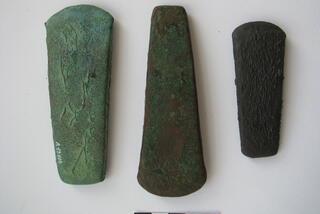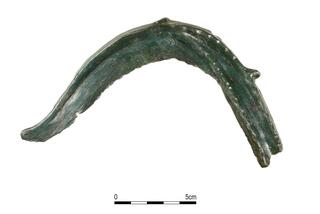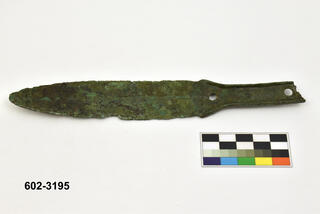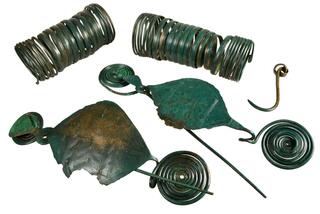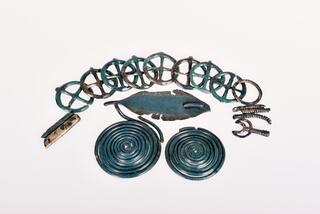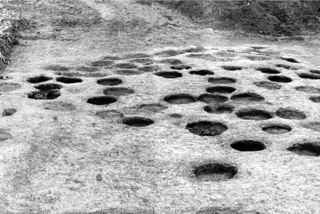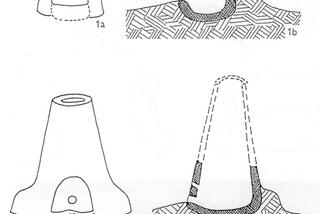
Metal in prehistory
It is an interesting fact that people were able to use metal during the Stone Age. The first used metals were those, which were extremely soft, for example, gold. Since the Bronze Age metals have been used as one of the most important elements and people have been using them for making a larger and larger scale of products. Bronze is a mixture of copper and tin. After 750 B.C., iron started to be used as the main material. The metallurgical process of iron is very complicated and producers were professionals and it was their job.
It is interesting that the Moravian karst is the only region in the Czech Republic where it is possible to see uninterrupted development of metallurgical process during so called Slavic period (8th – 11th century).
In this room, you can see many important archaeological findings. In the showcase near the window, there are found items, such as a huge clasp and Celtic belt. It is typical for this region that it is possible to find treasures that were put there either as religious offering or hiding during the period of danger.
Next to this showcase you can see a German warrior and woman. They are dressed in the replicas of clothing, jewels and the man holds weapons. Under the second window, there is a manual mill for producing flour. In the central part, you can see there an archaeological laboratory with the vertical weaving room. Its back side presents the findings from the Celtic oppidum Stare Hradisko, which protected so called The Amber Road, which connected the Baltic Sea and the Mediterranean Sea.
Eneolitická puklice
Puklice typu Stollhof z Vanovic je naprostým unikátem nejen v českém ale i celosvětovém měřítku. Časově ji řadíme do přelomového období mezi raným a starším eneolitem. V této době nebylo stříbro (na rozdíl od zlata) prakticky využíváno, jelikož se v přírodní formě vyskytovalo zcela výjimečně a jeho využívání bylo odkázáno na metalurgické postupy, které naši předkové ještě neznali. Puklice byla nalezena spolu se dvěma mísami, přičemž puklice se nacházela mezi nimi. Jinými slovy spodní nádoba byla překryta puklicí a ta byla překryta horní nádobou.
Bracelets and fasteners
During the Bronze Age, a new phenomenon appeared - creating and hiding "treasures", so called depots. Our region is quite rich talking about those "depots". In one treasure, there can be several objects: tools, weapons, bronze containers, parts of harness and so on. Our ancestors created those depots for two reasons. Either they wanted to hide valuable things because of enemies or give it as a present for gods. The second reasons is taken as presumable if the object are found at a "mystical" place - in wetlands, rocks and so on.
Co je to depot?
Depot představuje soubor nejméně dvou záměrně a současně uložených artefaktů. Nejčastější důvody pro ukládání depotů byly dva: buď šlo o dočasné uložení majetku s úmyslem se pro něj vrátit, nebo o rituální obětinu božstvům. Pro druhou variantu svědčí často nálezové prostředí – skalní rozsedliny, močály, rašeliniště, vodní prameny. Depoty jako obětiny představovaly výměnu darů a služeb mezi lidmi a božstvy. Na Boskovicku se vyskytují oba typy depotů.
Event reminding the life of the old Slavs


